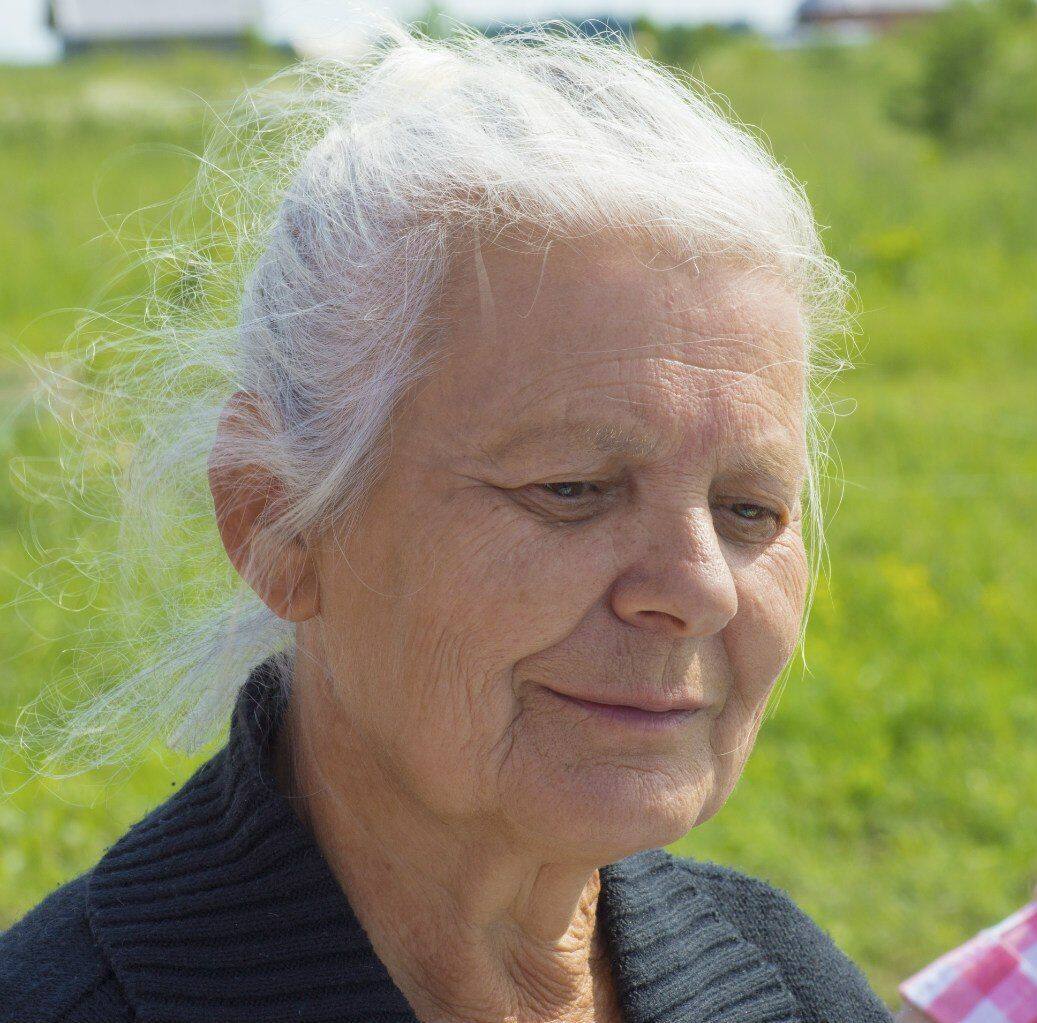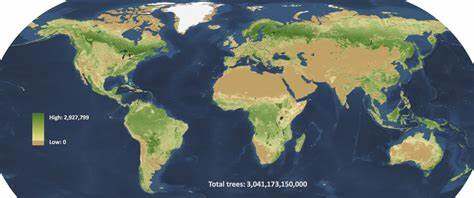Humans have a longer life span around the world. Despite experiencing significant ups and downs, life expectancy at birth has been growing steadily for many years. In the past two centuries, this number has more than doubled.

This growth was previously driven by a decline in infant mortality. But since the 1950s, the main driving force has been the decline in old-age mortality. For example, in Sweden, national population data has been collected since the mid-16th century, with high data quality and a maximum life expectancy of nearly 150 years. Life expectancy has been extended in many other countries, including Western Europe, North America and Japan.
This has led to a rapid increase in the elderly population – those who live to 100, 110 or even more. The first confirmed super centenarian was Geert Adrians-Boomgaard, who died in 1899 at the age of 110 years and 4 months. Since then, his record has been constantly broken by others. The first confirmed female super centenarian, Margaret Ann Neve, died in 1903 at the age of 110 years and 10 months and maintained a record of nearly 23 years. Delina Filkins died in 1928 at the age of 113 years and 7 months. She kept the record for more than 52 years.
The current record holder is the French woman Jeanne Calment, who died on August 4, 1997, at the age of 122 years and 5 months. Since the early 1970s, the number of super centenarians has grown exponentially, and although her record has remained very good – she is unlikely to remain too long.
Although these trends in life extension are common, they are not certain. Denmark has experienced a period of economic stagnation and recent increases in mortality, which makes people suspect that the life expectancy of centenarians there may be increasing. This is very different from what was observed recently in Sweden, with some slowdowns in the highest age group in Sweden.
We studied 16,931 centenarians (10,955 Swedes and 5,976 Danes) who were born between 1870 and 1904 in Denmark and Sweden, two neighbouring countries with close cultural and historical ties. Although Sweden's mortality rate in most age groups is generally lower than in Denmark, no evidence of an increase in Swedish mortality has been found in recent years. However, in Denmark, the oldest person was observed to have died at an increasingly high age, and only 6% of the centenarians survived during this period of time.
Denmark and Sweden are similar in many ways, but their life trends are quite different. There may be several reasons for this difference, but it is not easy to fully understand these reasons. But we have some ideas.
First, the health levels of these two older groups are different. Recent studies have shown that in Denmark, the daily activities of women's centenarians (ADL) - the basic tasks of independent living, such as bathing or dressing - show improvement in health. In contrast, this trend among older Swedish people is less optimistic. A study found that ADL did not improve as activity, cognitive, and performance tests worsened.
Therefore, the differences between the two medical systems, especially the differences in recent years, may explain this difference to some extent. In the early 1990s, due to a series of economic crises, Sweden's public service expenditures decreased. Health care for the elderly is affected. For example, in the elderly care of inpatients, the hospital has turned to a nursing home and has reduced the number of beds in nursing homes. Cutting costs has put some older people at risk, especially those with the lowest socioeconomic status.
In addition, since then, the practice of older people in the two countries has been slightly different: Sweden's goal is often the weakest, while Denmark's target range is slightly wider. Some studies have shown that Swedish practices lead to the lack of care for those who need care, and the least affluent elderly population is more dependent on family care, and the quality of home care may be lower.
Those who enter the old age are selected people who are obviously very durable. Perhaps because of their natural resilience and special physiology, they are most likely to benefit from improved living conditions and technology.

Our comparative research provides some interesting information for other countries, especially developing countries and emerging economies. These findings suggest that if health status is improved at the highest age, if high-quality aged care is widely used, it is possible to extend life. Indeed, if this is the case, then the longevity revolution of mankind will continue for some time.
Image source: bing.com
Reference:
Modig K et al. How long do centenarians survive? Life expectancy and maximum lifespan. J Intern Med. 2017 Aug;282(2):156-163. doi: 10.1111/joim.12627. Epub 2017 May 24.
A Cohort Comparison of Lifespan After Age 100 in Denmark and Sweden: Are Only the Oldest Getting Older?
Anthony Medford et al. Human lifespan records are not remarkable but their durations are. PLOS ONE. 2019https://doi.org/10.1371/journal.pone.0212345
J. R. Wilmoth et al. Increase of Maximum Life-Span in Sweden, 1861-1999. Science 29 Sep 2000: Vol. 289, Issue 5488, pp. 2366-2368 DOI: 10.1126/science.289.5488.2366


